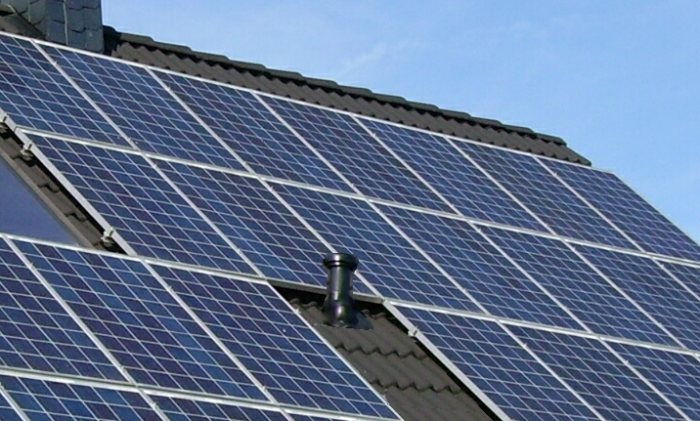
Plumbing/drain vents can be a pain in solar installs
Before solar installers start messing with plumbing vents on your rooftop, perhaps point them to this article.
Plumbing vents can be pesky things when it comes to solar power systems as they may occupy space that could be used for a solar panel and cast shade over other panels, impacting on the system’s output.
Back in 2013, SQ founder Finn had this to say about shading:
“This is a big one. Nothing destroys the efficiency of a solar system like shade. Not roof pitch, not roof direction, not clouds, not anything.”
Vents associated with plumbing play a very important role. Drain vents enable the discharge of odour, prevent gas buildup and prevent a vacuum occurring in a home’s drain system, which can impede water flow in drain pipes.
In some cases, the temptation may be to shorten a drain vent to get around the solar problems – even going so far as to cut it down so low a solar panel can be installed on top of it.
Unless the solar installer is also a licensed plumber, this is not a good idea.
The rule of thumb across Australia is an appropriately licensed tradesperson is required to perform just about all plumbing-related work.
If a solar installer without a plumbing license does this work, he or she may could be hit with a hefty penalty and the system owner may wind up with some unwanted headaches in relation to the work.
The Queensland Building and Construction Commission warned about the issue specifically in relation to solar panel installation last year. Given a spike in the number of installations that will soon occur as a result of recently announced electricity price hikes and solar feed in tariff increases, it’s probably worth raising awareness of the issue again.
“Cutting vent pipes risks gases entering roof spaces or other areas, vermin entering or escaping from sanitary plumbing and drainage systems, and rainwater entering the building fabric from unsealed roof penetrations,” the Commission said.
Fines of up to $1,178 per instance can be whacked on those performing such work without an appropriate licence in Queensland.
The plumbing vent issue is another reason why it’s important for a proper shade analysis to have been performed by any company providing you with a solar quote.
If there will be any shading impact, then ask your installer about ‘panel level optimisation’ by using microinverters, DC optimisers or smart panels. Shading from even one vent pipe on a single panel can reduce the power output of every solar panel in that string, as this bird poop example demonstrates:

 RSS - Posts
RSS - Posts



Michael.
Now that its awhile since this article was posted my LARGE installer company trimmed my Sewerage vent pipe to go under the panel on the basis it can be 5 cm above the roof line under my LG panel and it still performs.
Our vent pipe is white 60mm diameter.
This link explains the myths
https://www.pmmag.com/articles/97640-busting-the-plumbing-venting-myths.
Are there later views on this.
I’m not a plumber, but I believe there is a minimum height plumbing vents have to be above the gutter to prevent storm water flowing into them, but this can vary form state to state and possibly from situation to situation as well. They can also be required to have a cowl and that’s likely to be a minimum of 5cm of height.
Thanks for that interesting and informative link, it is pretty much what I thought.
I’m lucky? I have two vents (the house had an elongation some years ago; it seems the vent needs to be connected somewhere near the furtherest point of the sewer pipe system, so I got a second at the new further point).
My vents have had a minor de-erection in a recent storm and the vent cowl now fits under the panels. Saves a discussion with the installers
Can anyone tell the forum, what is the legislated minimum height (if any) above roof for a vent pipe – in Qld in my case, but I’m sure others will be interested in other states.
I have tried to find something in the Qld plumbing code but cannot see any reference to such.